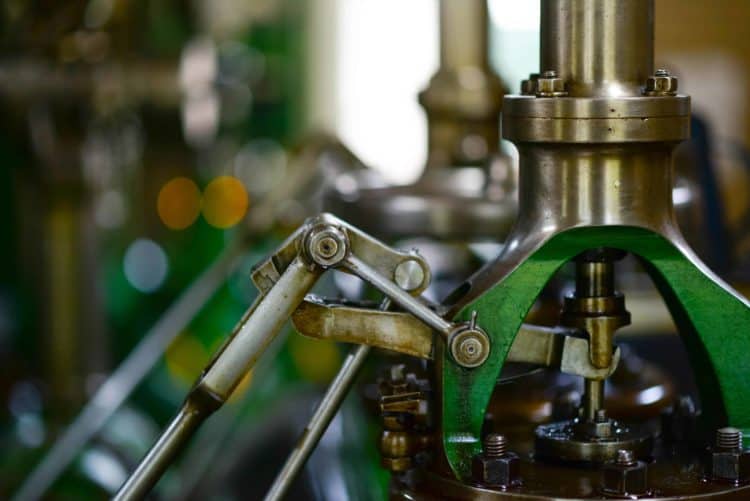Industrial Internet of Things (IIoT) will rise from the convergence of two traditionally distinct functional units in the manufacturing space – information and communication technology (ICT) and operational technology (OT), according to Frost and Sullivan.
Changing business models and the emergence of open and heterogeneous digital platforms will be among the most important positive outcomes of this convergence, while major challenges will centre on security, interoperability, and the compatibility of legacy assets with modern technologies.
The Frost & Sullivan whitepaper, “The Dawn of Digital Industries”, provides a 360° perspective of digitalisation in mainstream manufacturing. It analyses cloud-based industrial platforms and their critical role in shaping the modern digital factory of the future. It also identifies the benefits, opportunities, and challenges that can impact an organisation’s progress towards digitalisation.
Using a case study approach, it highlights the current position of some key manufacturing sectors in terms of digital platform adoption, and how this can serve as a point of reference for organisations looking to adopt a digital strategy in the near future.
Karthik Sundaram, Industrial IoT Programme Manager at Frost & Sullivan noted that the success of digitalisation in manufacturing industries depends on the development of IIoT platforms that can enable innovative business models in a highly dynamic and competitive environment.
“As long as organisations can choreograph the right moves at the right time, IIoT platforms can be monetised, can securely connect a diverse asset base, and can deliver real-time insights that improve efficiencies across the value chain,” he added,
One of the key opportunities arising from ICT-OT convergence is an open and heterogeneous digital platform. Many such platforms will create a mutually beneficial ecosystem for a wide range of interdependent stakeholders, including enterprises, device manufacturers, competitors, technology enablers, developers, and regulators.
Open digital platforms will support the standardisation of protocols and regulatory frameworks, security, interoperability, and free access to open data. By directly connecting end-users and industrial manufacturers, they will allow for more rapid and targeted products/services development, thereby emerging as innovation catalysts.
Convergence will also have an impact on the evolution of business models. Traditional product-centric approaches that linked business profitability with product quality will gradually give way to the concept of product as a service (PaaS). The idea of service-led manufacturing business models, in turn, will be achievable through digitalisation and the adoption of IoT platforms.
As digital factories become critical to the future of manufacturing, three key trends will be evident. First, digitalisation will encompass all business functions and hierarchies, as well as all stakeholders - suppliers, partners, distributors, and customers - in the manufacturing value chain.
Second, there will be a shift away from the traditional definition of product/services towards the concept of ‘value selling’ where products with embedded capabilities will help manufacturers make informed business decisions based on product and environment behaviour.
And third, newer business models will allow manufacturers to forecast supply, demand, and revenues with greater accuracy, enabling them to become more directly responsive to customer demands.
“Different manufacturers are at different points in their journey towards digitalisation, indicative of the fact that there is no one-size-fits-all approach when it comes to adopting digital platforms. Amid several options, considerable research is needed to identify not only a partner with a record of proven use cases - but also one that can be trusted to stay committed for the long run,” Sundaram added.



